CHONDROSAMINE PLUS (Cartilage Tissue Formula) – 90 Capsules
*** Please Login or Register with DC Nutrition to see Prices and Add To Cart. ***
Login | Create An Account / Register
PRODUCT DESCRIPTION
CHONDROSAMINE PLUS
**Three tablets supply:
Glucosamine (HCL) 1,000 mg
Purified chondroitin sulfate (bovine) 500 mg
Vitamin C (beet source) 180 mg
Saccharum Officinarium Extract (Silica) 25 mg
Manganese (as manganese gluconate) 6 mg
Pantothenic Acid (as calcium pantothenate) 45 mg
Niacin (as niacinamide) 50 mg
MSM (methyl sulfonyl methane) 100 mg
Folic Acid 200 mcg
B12 (as cobalamin) 3 mcg
Superoxide Dismutase (from vegetable culture) 20 mcg
Catalase (from vegetable culture)20 mcg
RECOMMENDATION: Three (3) tablets once daily as a dietary supplement or as otherwise directed by a health care professional.
Contains: 90 Capsules
Product #: 7815
NDC: 55146-07815
ADDENDUM
Cartilage is composed primarily of collagen, water and proteoglycans. Collagen is a protein that forms a fibrous network that resists tensile forces. Proteoglycans interact with collagen to resist compressive (weight-bearing) forces. Proteoglycans have a high affinity for water. This creates equilibrium between the proteoglycan gels and the collagen fibers.
Cartilage relies upon diffusion of nutrients through the cartilage matrix from distant blood vessels in bone and synovial membranes.
Inflammation is characterized by local edema and swelling. If present near joints, this increase in pressure slows diffusion of nutrients from blood to chondrocytes. Inflammatory processes increase free radicals and may compromise cell function.
PURIFIED CHONDROITIN SULFATES
Chondroitin sulfates (CS) are glycosaminoglycans (GAG,s), which are large heterogeneous biological polymers used by the body to maintain proper elastic integrity within tissues. The chief GAG of cartilage is Chondroitin Sulfate (CS). CS is a repeating disaccharide, specifically glucuronic acid and sulfated N-acetylglucosamine.
Cartilage is a component of connective tissue and helps provide support and shape to tissues. Cartilage PGs contain a central protein core to which GAGs are attached.
Aging causes many changes of CS patterns in cartilage PGs. Age related decreases in water content, CS chain size and amounts of CS relative to other GAGs are seen. Mechanical stress and loading hasten the age-related changes and perhaps predisposes or causes undesirable responses to cartilage.
A number of nutritional products being marketed as chondroitin sulfates are nothing more than trachea or cartilage powder (5 - 10% CS) from different animal sources. However, PURIFIED CHONDROITIN SULFATES from Biotics Research Corporation, are isolated from bovine trachea or other cartilage sources by a long process, of digestion, washing, precipitation and drying to remove collagen and other fibrous proteins from the CS. Absorption from oral administration of Purified CS is typically 90% or greater.
There have been sufficient short-term studies with Chondroitin and Glucosamine to suggest efficacy.
GLUCOSAMINE HCL
Even though glucosamine has to be converted in the body to chondroitin sulfate to do its job glucosamine, nevertheless,serves as a building block of cartilage, as well as glycoproteins of cell membranes and mucus of the GI and respiratory tracts. The body synthesizes glucosamine from glucose via fructose-6 phosphate and glutamine. For years in veterinary medicine glucosamine and chondroitin sulfates have been supplemented to provide support for animals with symptoms of osteoarthritis. Recently, the use of these two supplements has been suggested for human beings as well.
The combination of glucosamine HCl and chondroitin sulfate showed favorable results in a double blind, placebo-controlled pilot study carried out by the Medical Department of the Naval Special Warfare, Group Two.
VITAMIN C (BEET SOURCE)
Vitamin C is considered an essential cofactor of collagen formation. Epidemiological studies support a positive association between vitamin C intake and bone density. Because of vitamin C's essential roll in collagen synthesis, it may play a roll in wound healing.
Cumulative damage to tissues, mediated by reactive oxygen species(ROS), has been implicated as a pathway that leads to many of the degenerative changes associated with aging. It is possible that an increased intake of antioxidants might make a dramatic impact on the destructive direction of this pathway. Vitamin C is a potent antioxidant and has proven to be an important scavenger of reactive nitrogen species (RNS).
CANE FIBER (SACCARUM OFFICINARUM)
Cane fiber is an especially rich source of silicon. Silicon is required for structural integrity of connective tissue and bone strength. It is believed to function as a cross-linking agent to strengthen connective tissue.
MANGANESE (GLUCONATE)
Manganese (Mn) is one of the essential nutrients lost during food processing. Mn tends to be low in diets relying on highly processed convenience foods. Mn is an essential cofactor for the synthesis of chondroitin sulfate. Long-term Mn deficiencies may effect bone metabolism in a negative way. The need for Mn for normal skeletal development appears at least in part to be related to its role in proteoglycan biosynthesis.
CALCIUM PANTOTHENATE (PANTOTHENIC ACID)
Pantothenic acid is essential for growth and health. Bond forms of pantothenic acid, such as coenzyme A and 4'-phosphopantotheine, play important rolls in various metabolic processes. Deficiency of pantothenic acid in animals blocks cartilage formation, and the effects of low levels of pantothenic acid have been studied.
NIACINAMIDE
Niacinamide forms NAD, the universal, electron carrier in oxidation-reduction reactions. NAD is required in energy metabolism in general, and supports energy-requiring processes associated with the formation and secretion of structural building blocks by chondrocytes. Niacinamide supports bone health.
MSM (METHYLSULFONYLMETHANE)
Methylsulfonylmethane (MSM) is a natural constituent of the environment. It is found in plants and cow and human milk. It is anormal oxidation product of dimethyl sulfoxide also in the natural environment and may be part of the natural global sulfur cycle. MSM may provide a source of sulfur for essential animal methionine by mechanisms not yet elucidated in either animal or "microorganisms".
Sulfur is a non-metal element essential for life. The body contains approximately 140 grams of sulfur. One study showed that the sulfur content in the "finger nails" of arthritis suffers was lower than that of healthy controls. Increasing the sulfur content of the body by increased consumption of sulfur rich foods like legumes, garlic, onions, brussel sprouts and cabbage may be beneficial to arthritics.
FOLIC ACID
Folic acid functions as a carrier of hydroxymethyl and formyl groups. An important use in the body is in the synthesis of purines and thymine, which are required for deoxyribonucleic acid. Another important function of folic acid is to promote growth.
Chronically low intakes of certain vitamins and minerals, including folic acid, may be a pre-disposing factor to osteoporosis.
VITAMIN B12
Vitamin B12 performs several metabolic functions and acts as a hydrogen acceptor coenzyme. It Is an important coenzyme for reducing ribonuccleoticles to deoyribonucleoticles. Two major functions of vitamin B12 is promotion of growth and promotion of red blood cell formation.
Low levels of nutrients "like B12" are quite common in the elderly population and may contribute to bone loss.
SUPEROXIDE DISMUTASE (SOD)
Superoxide dismutase is an antioxidant enzyme that destroys a reactive form of oxygen called superoxide. Superoxide is a type of free radical. As such it is very reactive chemically. Superoxide can react with cellular metal ions to produce hydroxyl radicals, extremely reactive free radicals that can attack DNA. Oxidative damage is believed to underlie degenerative conditions.
Copper and Zinc SOD are the major forms in the body and they are essential in protecting cells against damage due to inflammation.
Plant SOD seems to resist the rigors of the digestive tract, increasing the possibility of its absorption.
CATALASE
Catalase is a highly reactive Enzyme that destroys Hydrogen Peroxide. Catalase is considered an antioxidant. Hydrogen peroxide is a powerful oxidizing agent occurring naturally in cells as a by-product of metabolism that can damage cells. It is formed by specialized oxidative structures in cells called peroxisomes.

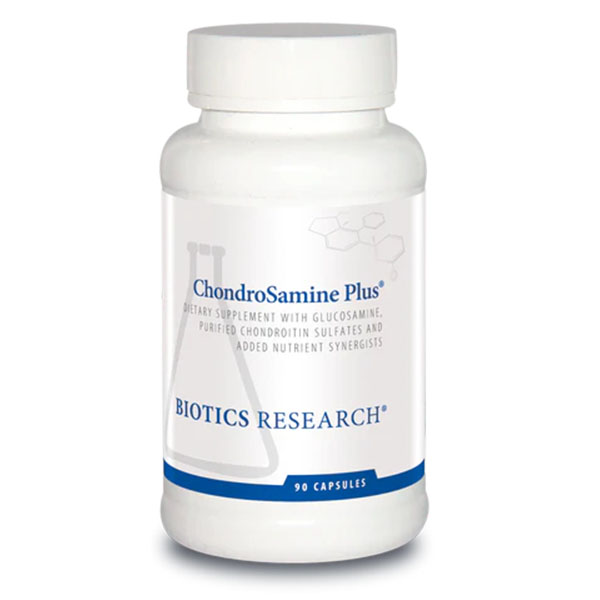
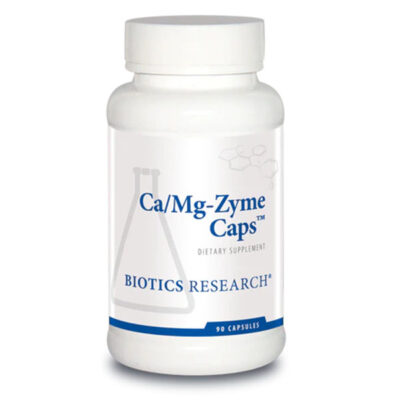
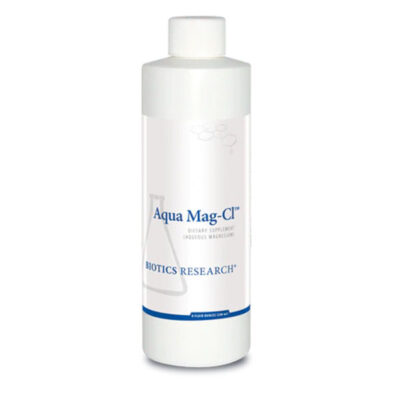
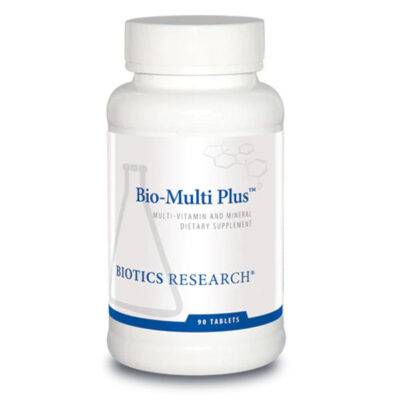
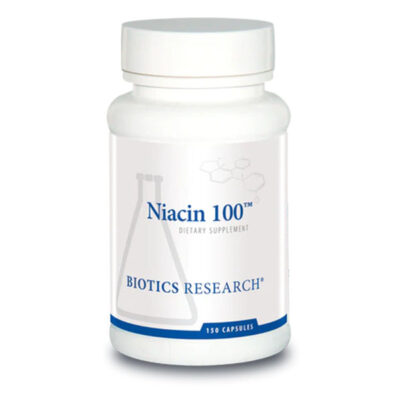
Reviews
There are no reviews yet.